One of the largest archaeological sites in Central Europe lies near the Hungarian border

Merely an hour’s drive time from Sopron and 40km east of Vienna lies Carnuntum, one of the largest archaeological sites in Central and Eastern Europe. Discovering this Roman city might make a good addition to your next trip to Hungary.
History of Carnuntum
Carnuntum was a major Roman city on the border of the Roman Empire in the 1st and 4th centuries AD. First, the later emperor Tiberius established a fortified legionnaire camp in the Carnuntum area. Its important location in terms of border defence alongside the Danube River and proximity to major trade routes made Carnuntum the capital of the province of Upper Pannonia with a population of 50 thousand, the Greco-Roman life and culture Facebook page writes. The Roman history of Pannonia also represents an important field of Hungarian history.
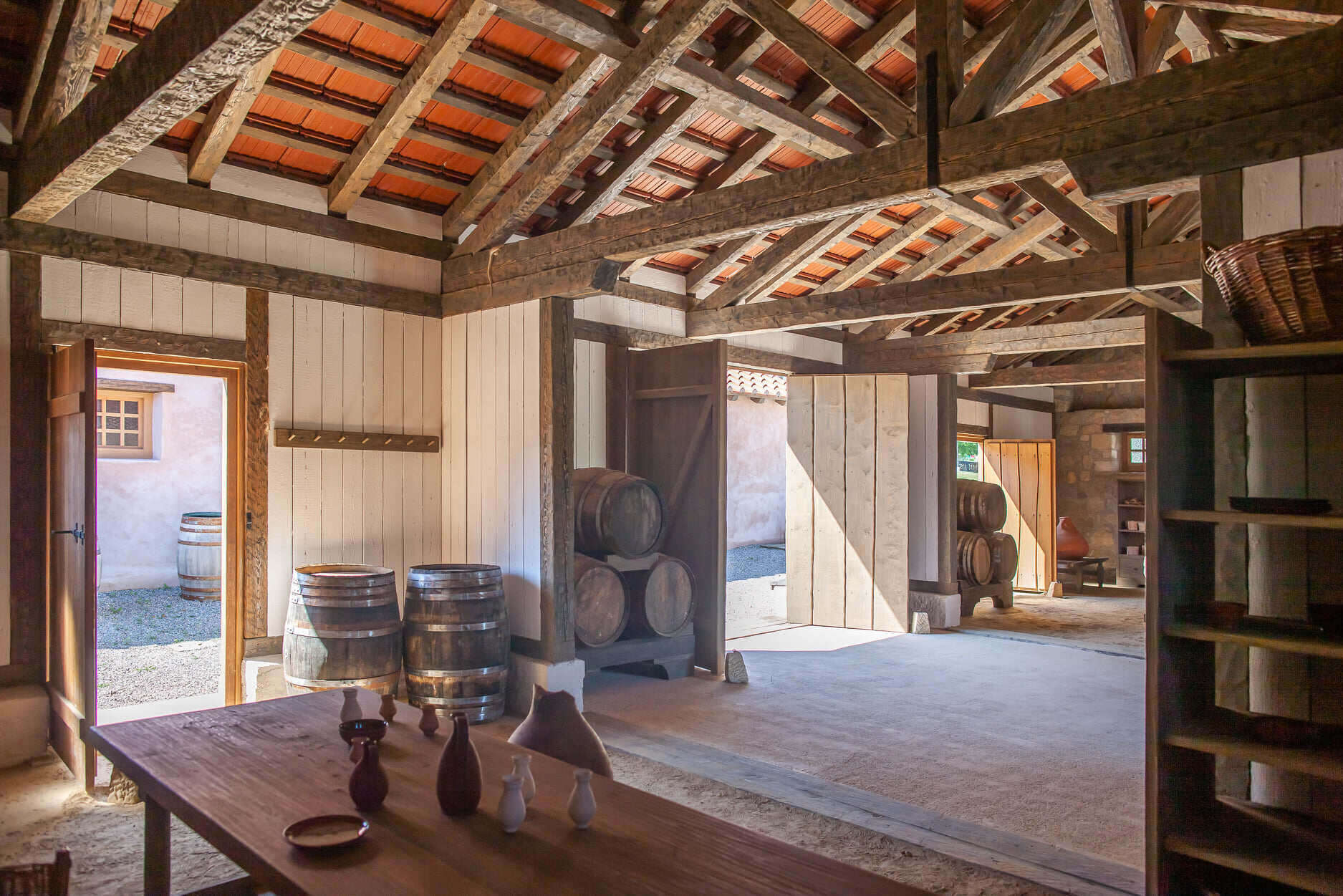
Based on the archaeological finds found on the site, Austrian archaeologists have rebuilt parts of the Roman quarter, which brings this important settlement back to its 4th-century appearance. The archaeological finds have provided information on the architecture of the period, heating technology, the functions of the building, the use of the space and the interior decoration.
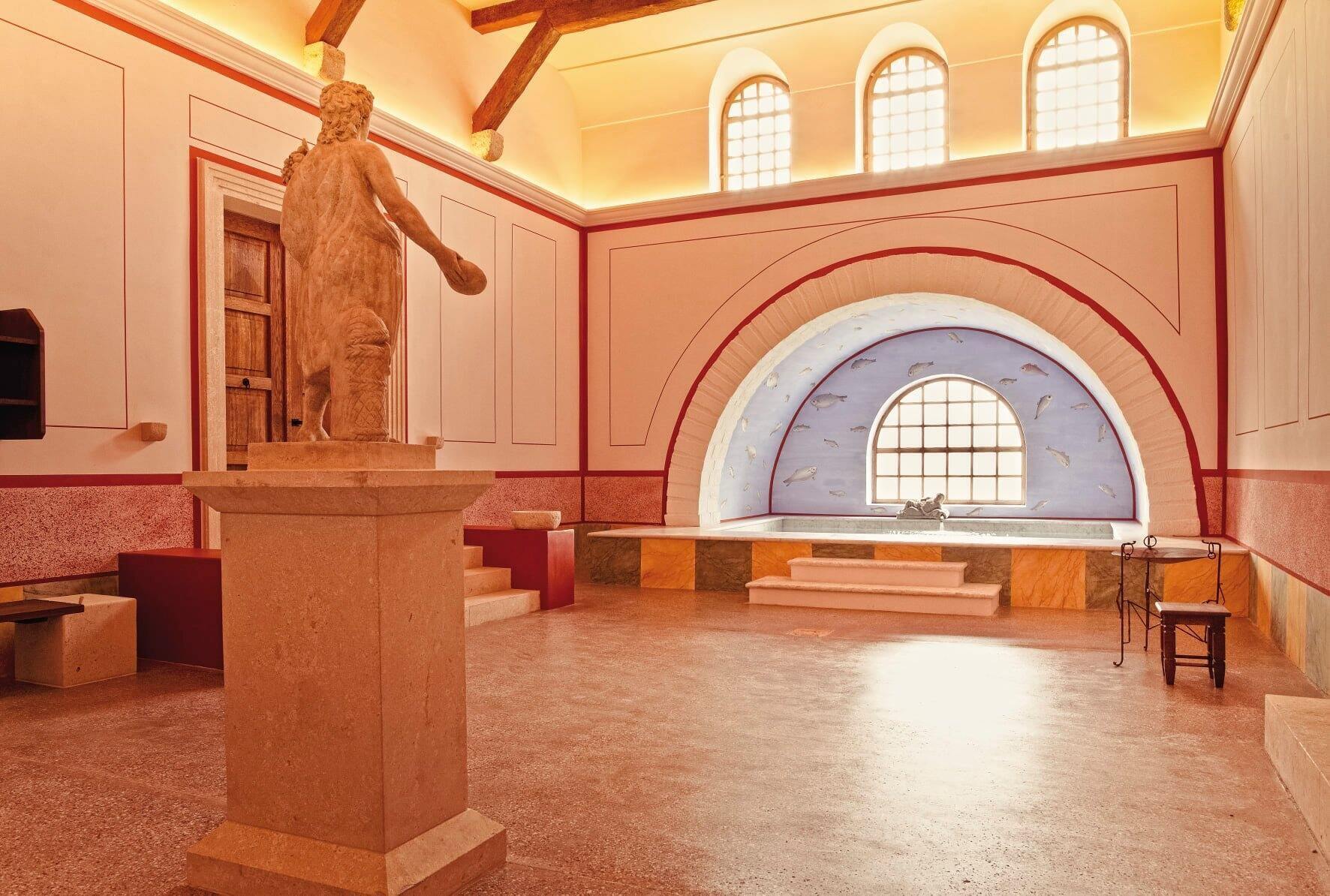
Hence, visitors can take a fascinating walk through ancient streets, temples and baths while admiring the luxurious houses of Roman citizens. In the Roman city quarter, archaeologists rebuilt a Roman Bath, an oil merchant’s house, and a villa that once belonged to a family of the upper class with a painting that covered 30 square-metre on one wall alone.
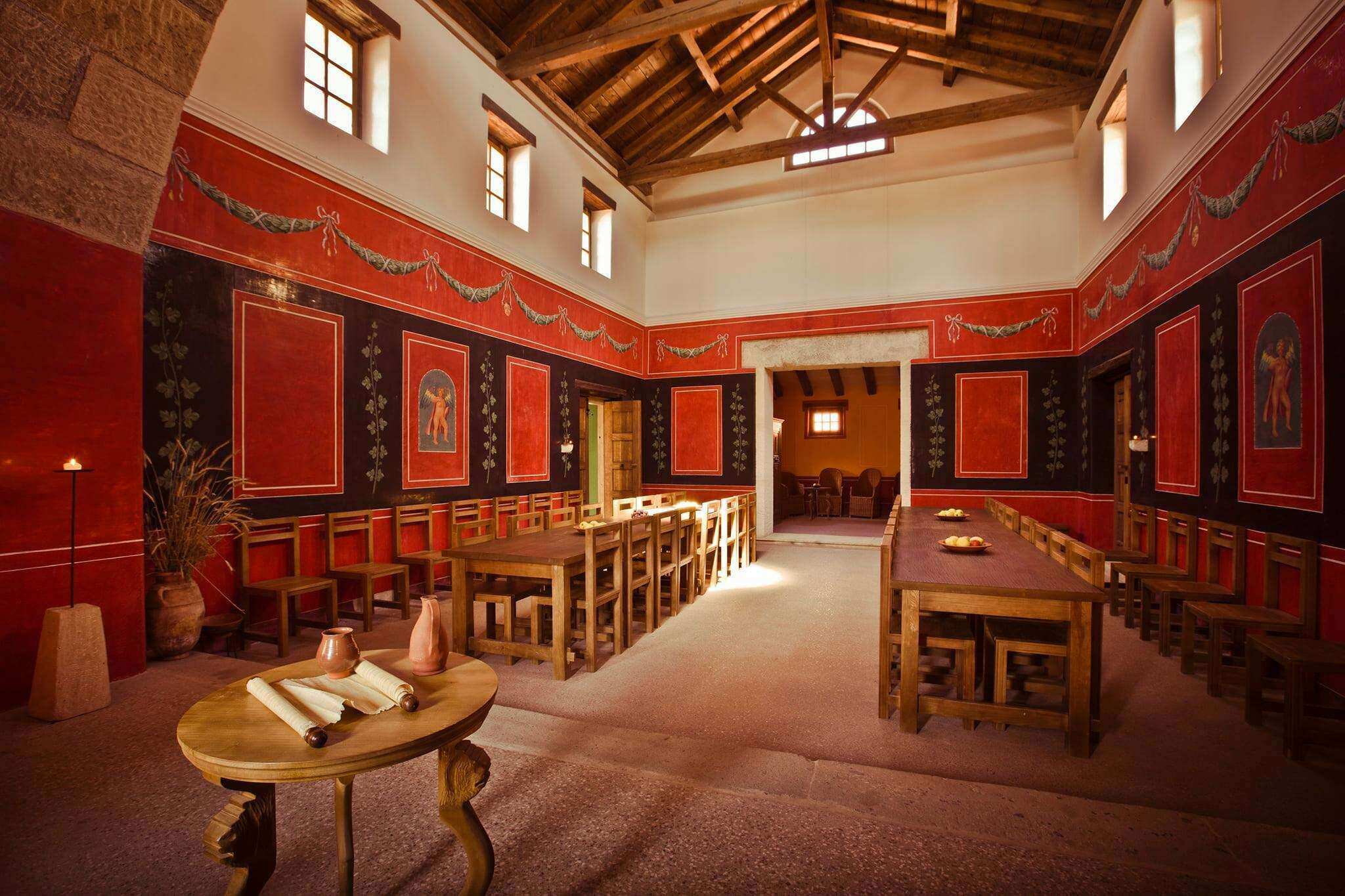
Amphitheatres and gladiator training grounds
Carnuntum was once home to two amphitheatres: one in the former military city and one in the civilian city.
The military amphitheatre was built of stone in the 2nd century AD, complete with tiered seating that accommodated crowds of up to 8,000 people. Given its location right by the legionary fortress, it was certainly also used for drills and riding exercises. The amphitheatre in the civilian city was situated outside the ancient city walls and was built at the end of the 2nd century AD. On either side of the gates, the arena was surrounded by tiered seating that accommodated about 13 thousand spectators. The amphitheatre in the civilian city is about a ten-minute walk from the Roman city quarter.
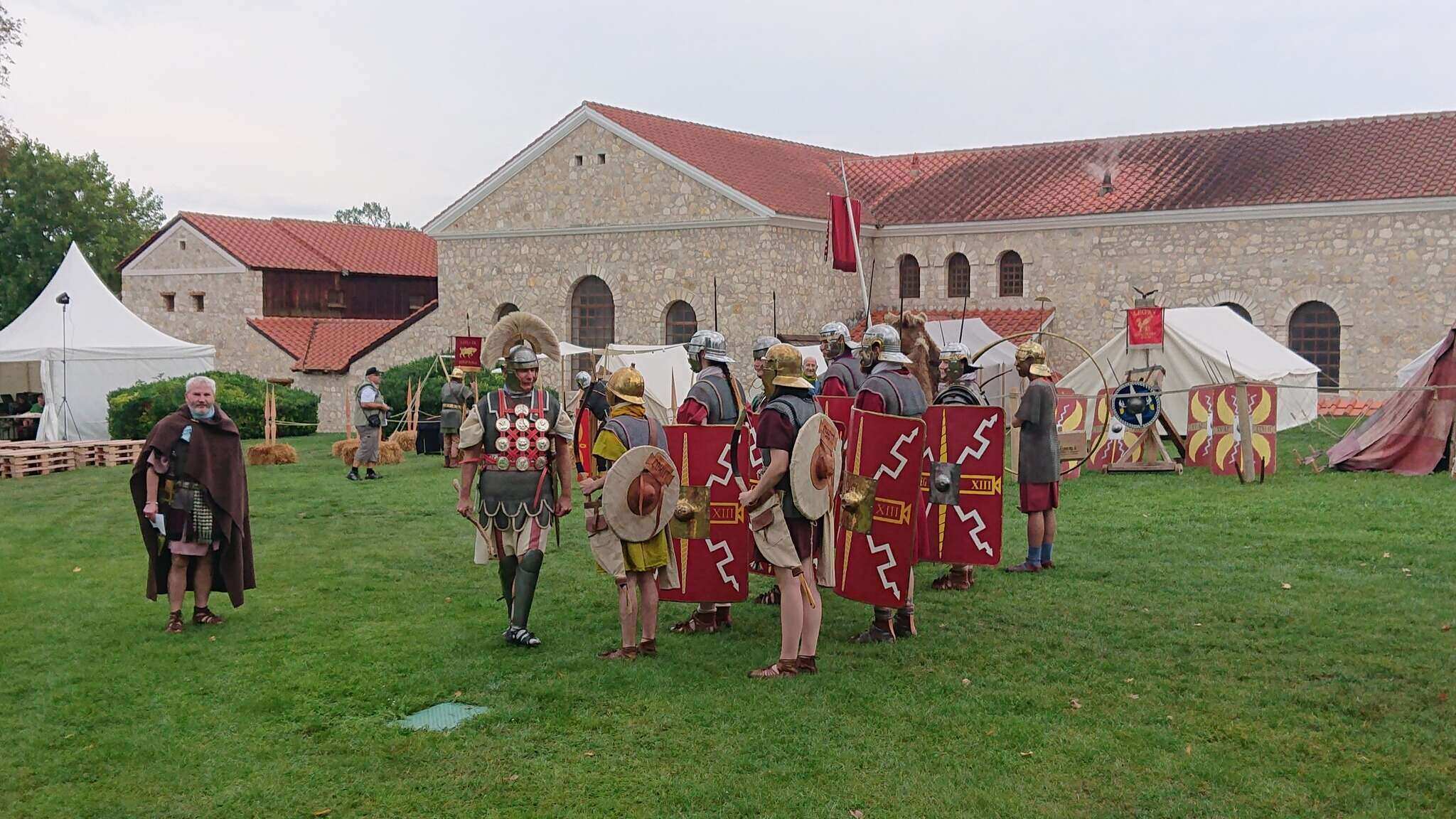
The training ground of the gladiatorial school of Carnuntum was excavated in 2011. It was built in the immediate vicinity of the amphitheatre of the civil town. The area includes a training hall, private bathing facilities and a large assembly area. In the inner courtyard, there was a 19 m diameter wooden training arena. The two amphitheatres and the gladiatorial school are indicative of the high status of gladiators in ancient Carnuntum. Next to the amphitheatre of the military city, a multimedia exhibition gives an insight into the world of the gladiators. The lives of the gladiators and legionnaires are brought to life by various demonstrations.
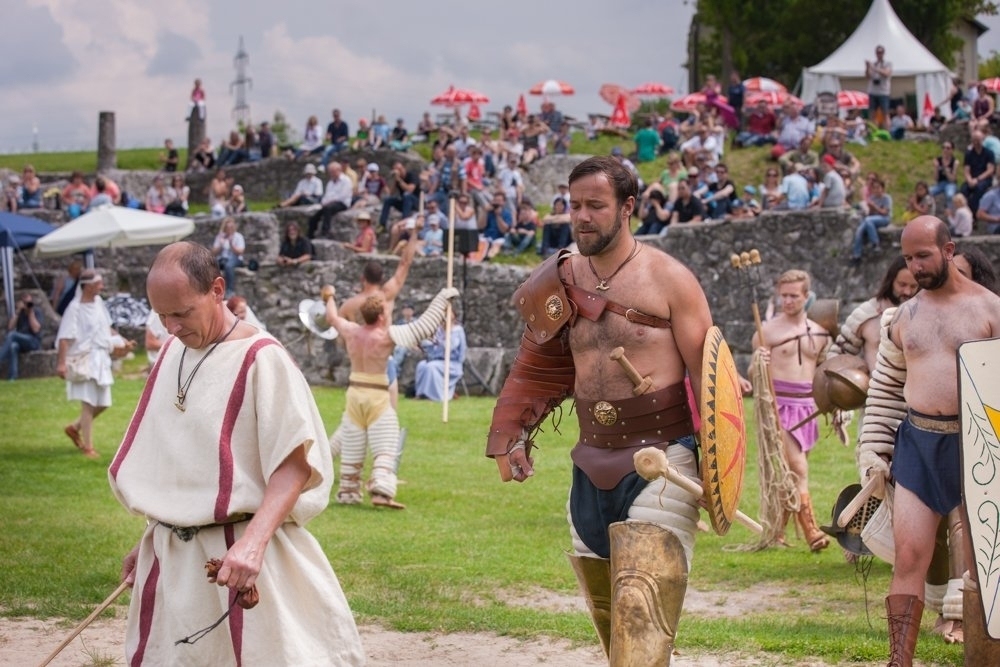
The archaeological park also houses a museum, the Archäologische Museum Carnuntium. Here you can admire unique artefacts from ancient Carnuntum, a spectacular example of the culture and way of life of the Carnuntum people. With 3,300 exhibited items, the Carnuntinum Archaeological Museum is Austria’s largest museum dedicated to Roman culture and age.
Meanwhile, recently the Eötvös Lóránd University announced a huge discovery in Hungary: archaeologists unearthed a 2000-year-old tomb with the remains of a Roman doctor with unique surgical tools, the likes of which have only been found in Pompeii.
Source:





